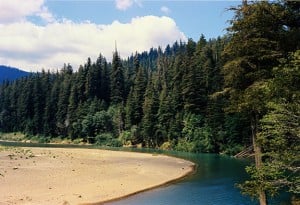
When the South Fork Eel River in Mendocino County turns blue during the winter, it is impossible not to wonder why the river changes color so much over the course of the year.
With first fall rains, autumn leaves falling into the river begin to decompose and release carbon into the water which stains the water dark brown, the same shade as tea. As the rains increase, runoff from the land into the river brings sediment which turns the river cloudy brown. Interestingly though, once the sediment flows out of the river or settles out of the water column, the Eel River turns a brilliant blue. We see this color because the remaining particulates in the river scatter the blue light that reaches the river. Most other wavelengths of light are longer, but short-wave blue light is often scattered instead of absorbed by the particles it comes into contact with. This phenomenon explains why the sky is blue. It also is why nonfat milk appears blue!
Learn more about the redwood forest by checking out our Fun Forest Facts and signing up for our free enewsetter, Redwood Matters!

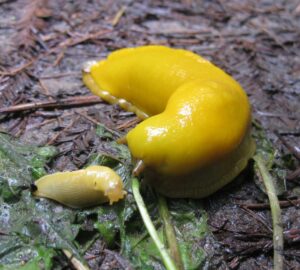
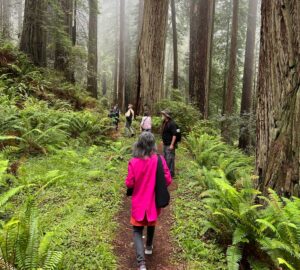
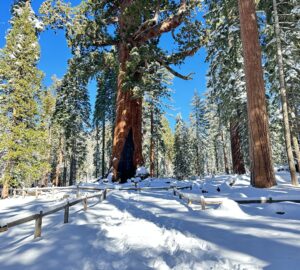
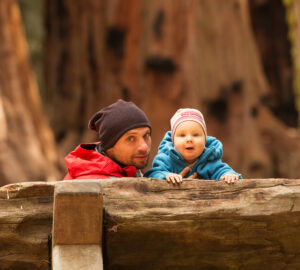
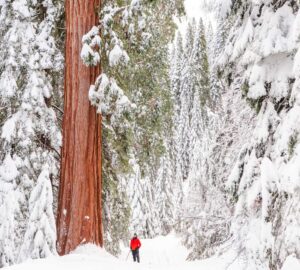
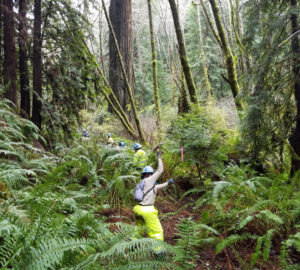
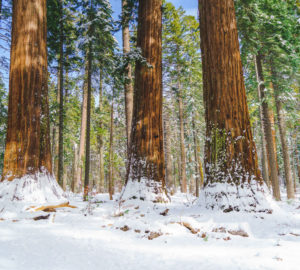

3 Responses to “Brown to Blue: The Eel River’s Dramatic Changes in Hue”
Chava
Very interesting article! However, today (6/22/24) we went to the Eel River at the southern border of Humboldt County and, oh my, that water was green as could be. I did not want to go in the water. Can you explain why it was green?
Kelly Pomeroy
I believe it’s the tannin in leaves that stain the water brown.
grant
Great article! I just drove to the Ave. of Giants and stopped at my favorite spot on the Eel.
Thank you for the information.